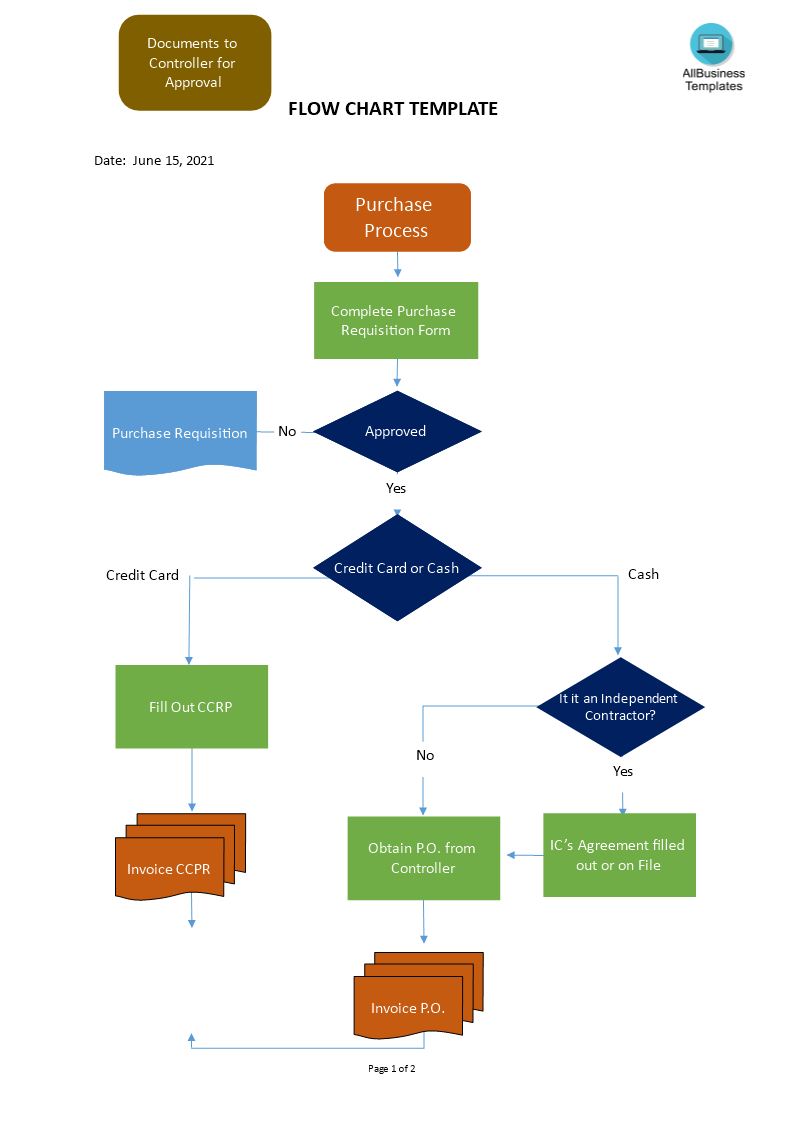Flow Chart.PDF

I-Save, punan ang mga blanko, i-printa, Tapos na!
How to create a Flow Chart? When you are flowcharting a process, you can model a process for the following purposes. Download this Flow Chart template now!
Mga magagamit na premium na format ng file:
.docxIba pang magagamit na mga wika:
- Itong dokumento ay sertipikado ng isang Propesyonal
- 100% pwedeng i-customize
Business Negosyo sop business process Process Quality bpm Common Procedure Charts Right Blood Chart Template Sample Blood Chart Templates Samples Examples Flow Chart Left Workflow Work Flow Flow Chart Sample Flow Chart Example Artery process flow word flowchart template how to create a flowchart in excel flowchart in word 2021 how to create a flowchart in word how to make a flowchart in word mac how to make flowchart in wordpad how to add arrows in flowchart in word microsoft publisher flowchart microsoft visio flowchart flowchart youtube onenote flowchart facebook flowchart illustrator flowchart visio flowchart template yes no flowchart bpm flow chart flow chart overview flow chart template template ng flow chart how do you make a sales flow chart flow chart template word flow chart template excel flow chart template free free blank flow chart template for word flow chart template google docs flow chart creator sop template
How do I make a flowchart?
In a professional work environment, where quality management applies, it is usually common to draw up a work process (flow chart) of daily activities. In this way, top management can see how things are taking place and make any necessary adjustments, new colleagues can also 'onboard' more easily because they see how the day-to-day business is done and they can learn it faster. The knowledge is also preserved.
When you are flowcharting a process, you can model a process for the following purposes:
- Document an existing process;
- Design an “ideal” process;
- Determine whether the steps in a process are logical;
- Identify bottlenecks and unnecessary complexity;
- Uncover duplication of effort;
- Identify opportunities to improve the process.
When you are creating a Flowchart, you have the following options, but here’s a simple approach that works well when a group is flowcharting a process together.
- Gather the people who are involved in the process you want to flowchart.
- Begin by writing one step or decision at a time and placing it on the wall. Use a marker or arrow flags to indicate the direction the process flows. Keep going until you have completed the steps in the process.
- Put large sheets of paper on the wall.
- Agree on the purpose of the flowchart and which format is most appropriate (see “Flowchart Types” below).
- Identify the beginning and endpoints of the process (What are the inputs that signal the beginning of the process? What is the product or outcome produced by the process?).
- Use square or rectangular self-stick notes to label the various steps in the process.
- Use square self-stick notes placed on the diagonal to label decisions.
Note: You will quickly discover why it is helpful to use self-stick notes, as you remember steps and have to go back and insert them!
Discuss the process:
- Has the process of flowcharting helped us clarify steps and roles?
- Process flowcharting guide
- Are there steps/roles we would like to change?
- Are there bottlenecks or problem points we would like to consider improving?
- Are there other processes we want to flowchart?
- Validate the completed flowchart with the user(s).
- Draw a final, polished version of your flowchart, either by hand or using available drawing tools.
- Keep symbols the same distance from each other.
- Make notations simple, concise, and clear.
- Avoid crossing flow lines whenever possible.
- Have two flow lines coming out of decision symbols (one for yes, one for no).
Use this ready-made Flowchart creator in Word or Google Docs to visualize your processes. Download this Process Flow Chart template and save yourself time and effort! You will see completing your workflow process has never been easier.
DISCLAIMER
Wala sa 'site' na ito ang dapat ituring na legal na payo at walang abogado-kliyenteng relasyon na itinatag.
Mag-iwan ng tugon. Kung mayroon kang anumang mga katanungan o mga komento, maaari mong ilagay ang mga ito sa ibaba.
